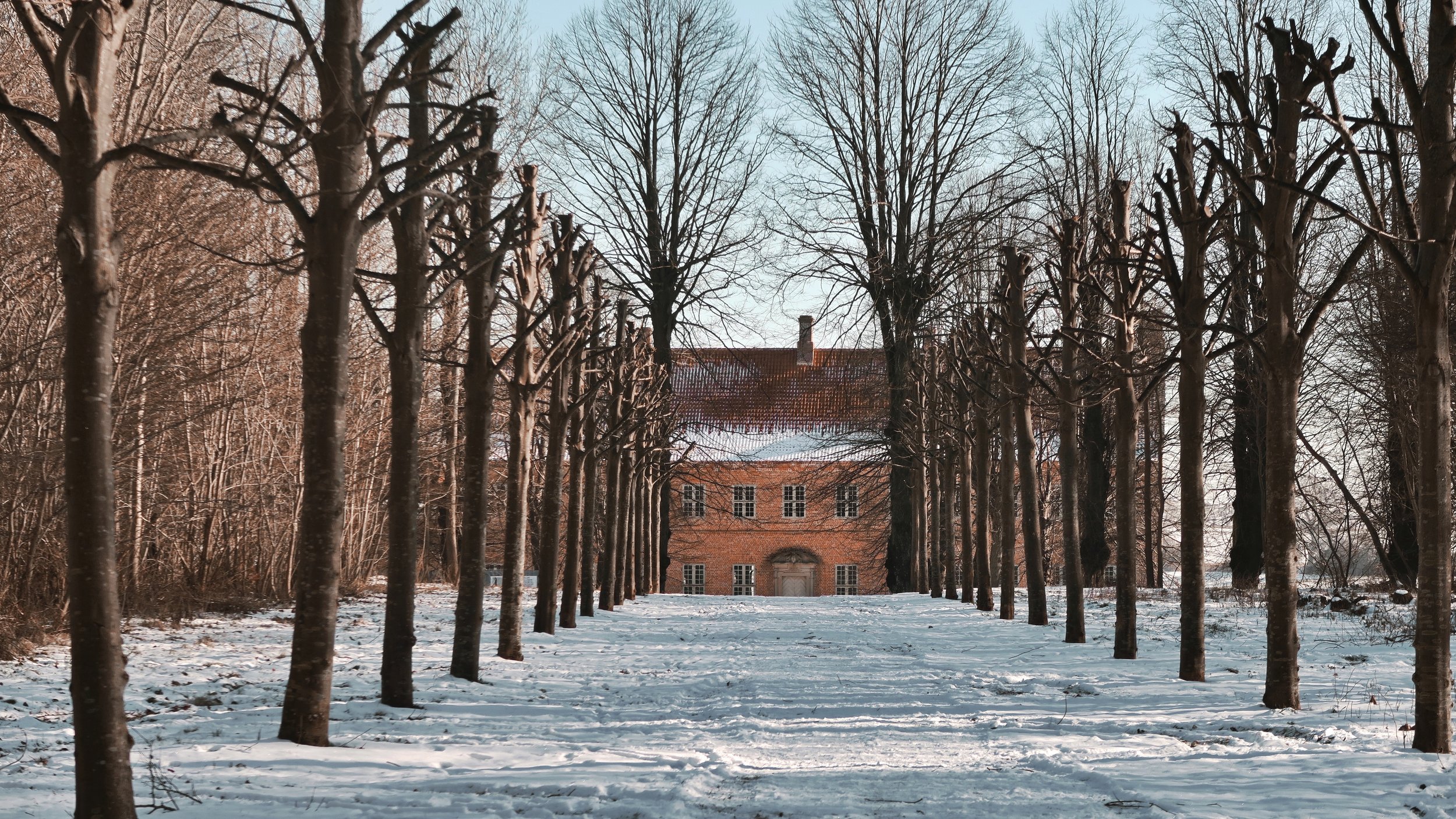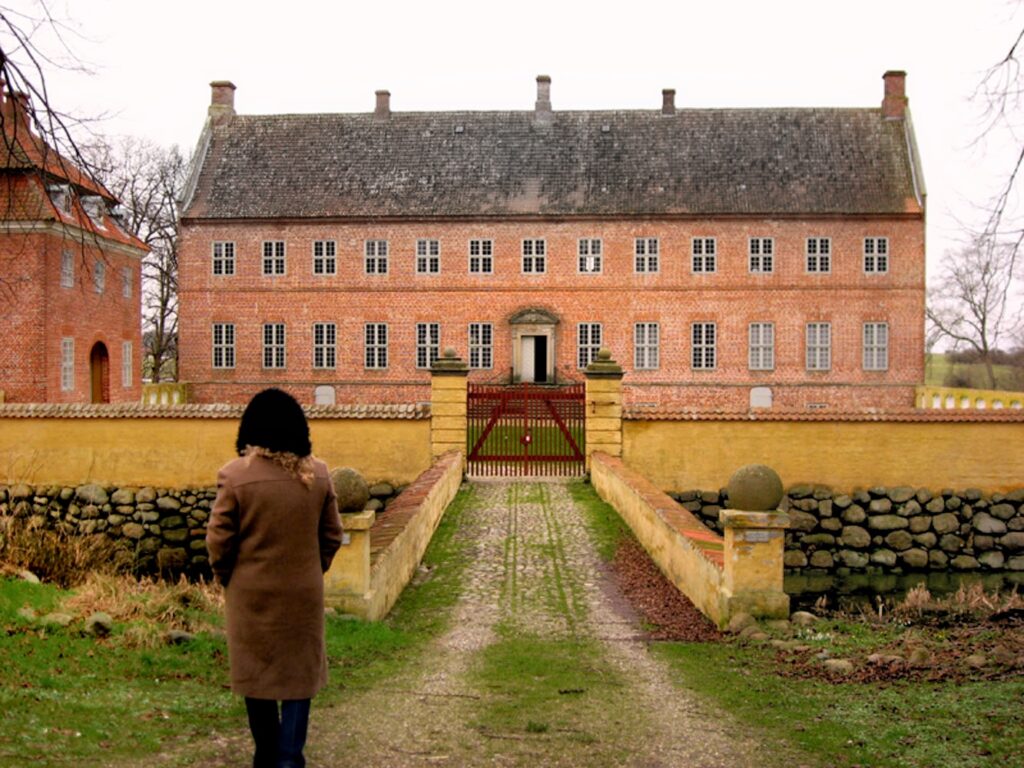
Note: The photos are from various times from 2007-2017 and the camera quality varies. But they tell the story of Selsø Slot and also reflect all my visits there.
Selsø Slot is a very traditional example of a Danish Castle – plain, simple, purposeful – with a history going back to 1100s although its current structure dates to the renaissance in 1576. Brick was 5 times more expensive to use than any other material in the 16th century so some brick was borrowed from other manors or estates, giving Selsø a unique look. Also making it unique in Denmark was its (now non-existant) moat, which was created by water access to Selsø So (Selsø lake).
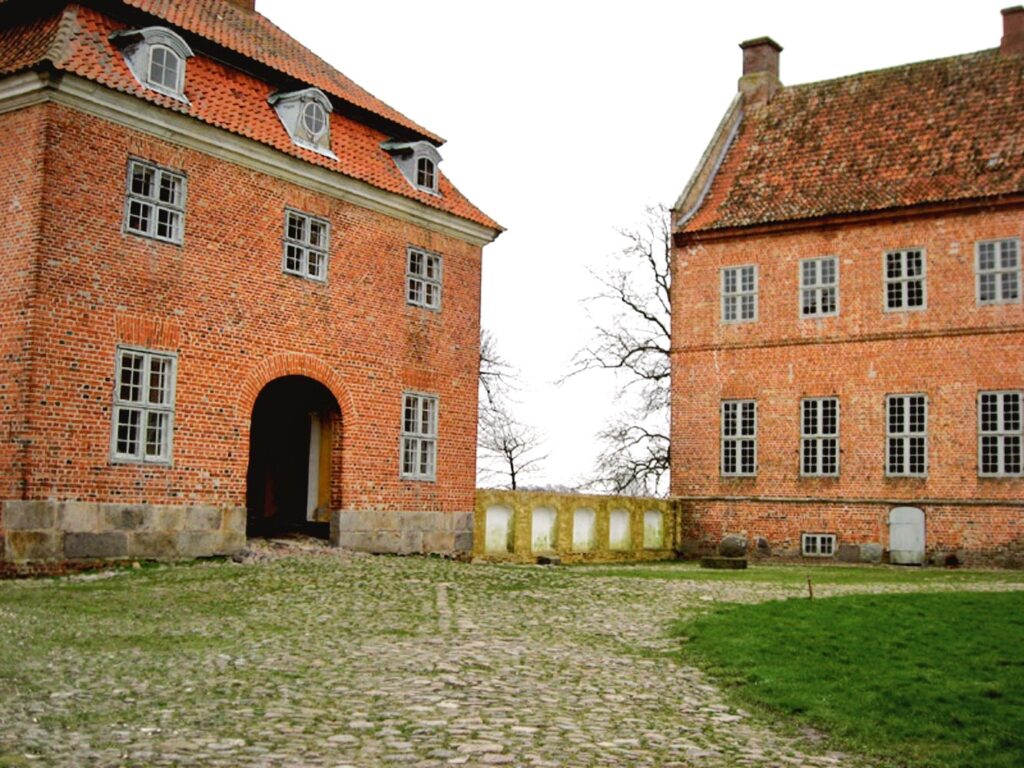
The inside design of Selsø Slot, including all the French wallpapers, dates back to 1735 when it was rebuilt to fit the Baroque style. It was almost always lived in by the German Scheel-Plessen Barons and fully used part-time as a (family) castle until 1829. According to Wikipedia, no one lived in the castle or owned it after 1829. While it’s true that the castle itself didn’t have anyone living in it, the grounds of Selsø did.
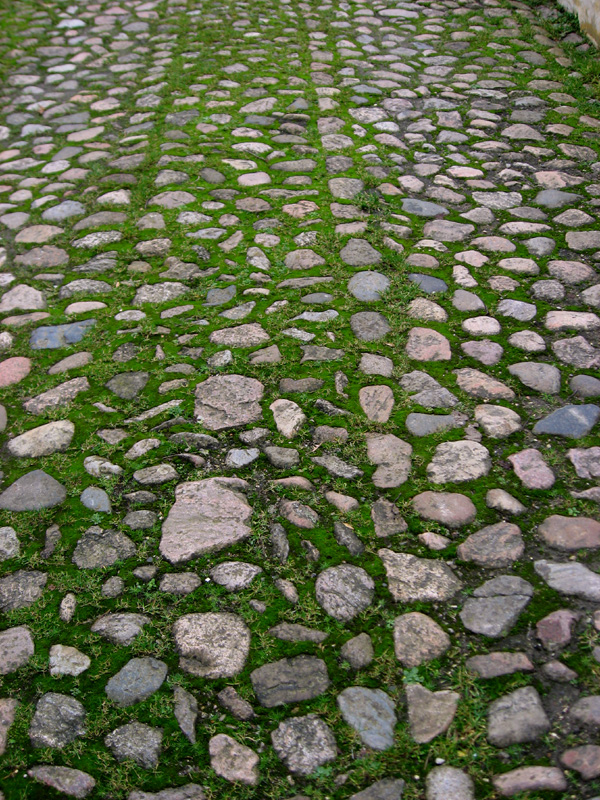
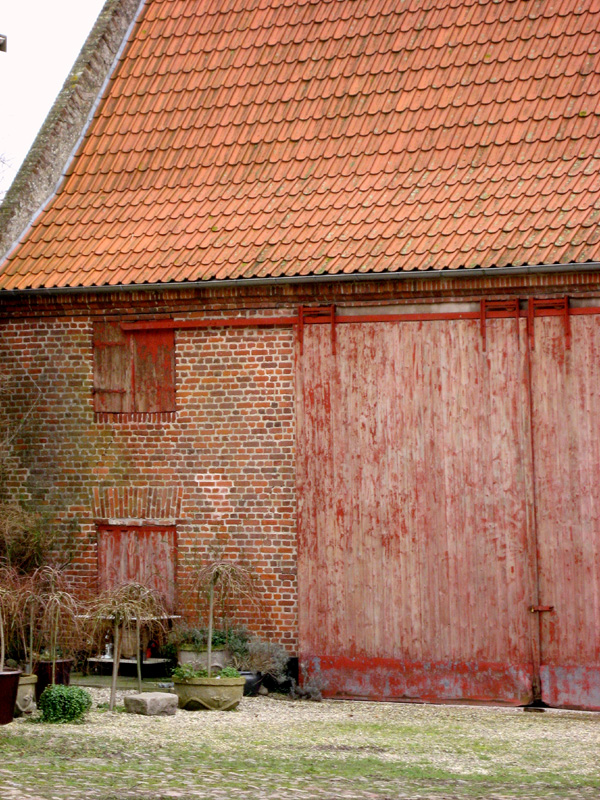
My mother’s family lived here for 40 years until the 1950’s when Magnus Carl August Wilhelm Otto Carlsen (Baron von Plessen of Scheel) died. The story my family tells is that the baron was kind and fair though he visited very rarely. There was a sense of pride living and working at Selsø but in those days, the idea of preservation wasn’t something people thought about and since the owners didn’t live on the property, the castle was never upgraded and left the way it was in 1829. Between 1950 and 1972 it became rundown as there was no one working the land and squatters moved into the property housing (not the castle), and thieves stole doorknobs and marble from inside. It was privately bought in 1972 and 30 years later was opened into a museum.
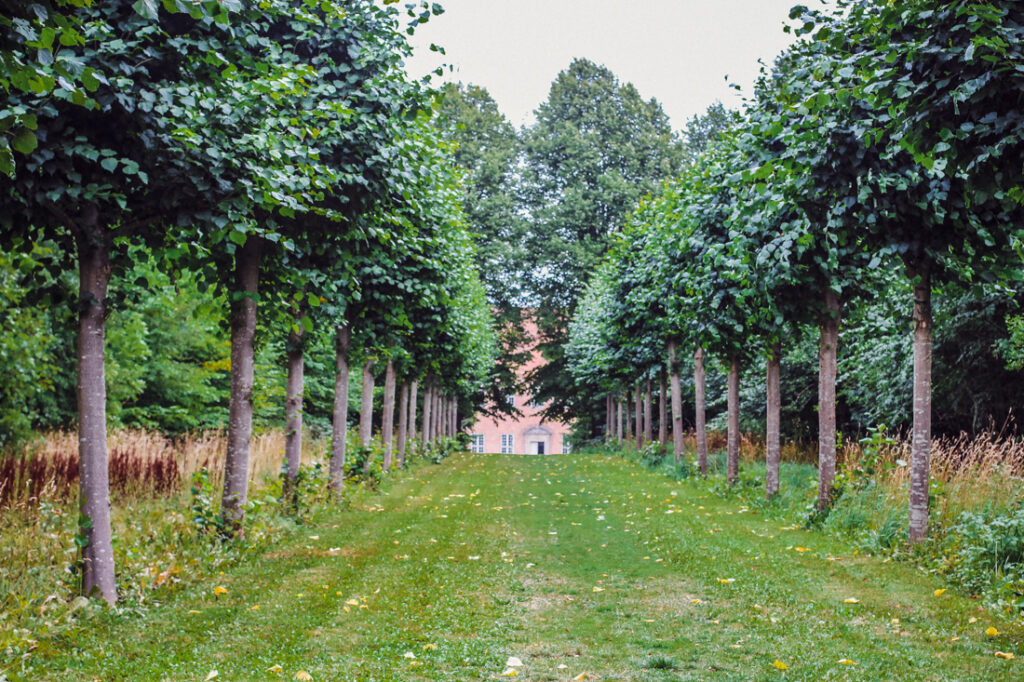
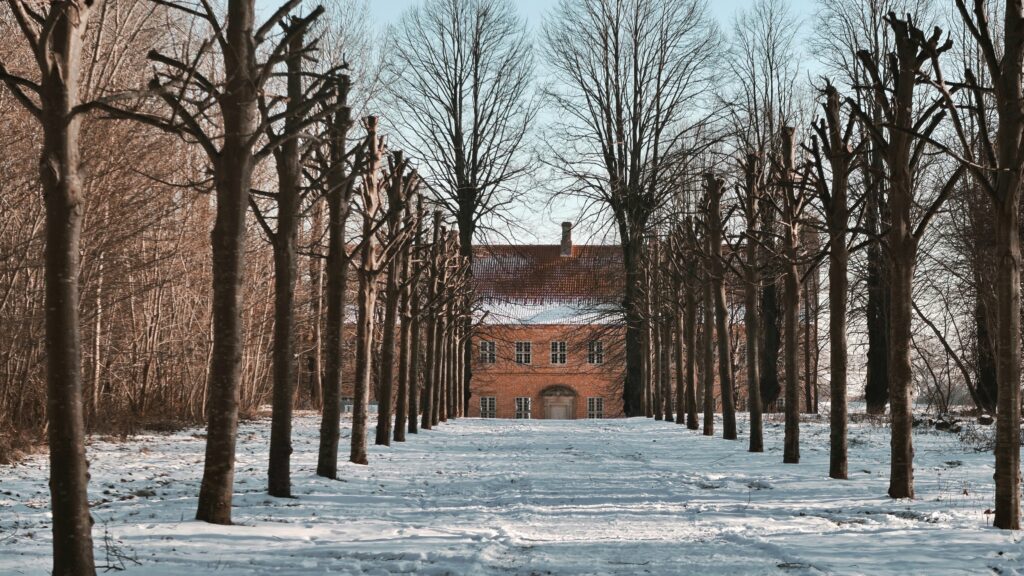
My mother’s father and grandparents lived on the property in the gatekeepers home (the yellow house) which, up until 1829, only titled people lived in. My great-grandfather was known as “Hr. fodermester” and ran the farming operations on the estate, working directly for the Baron. My mother grew up visiting her grandparents and cousins here with memories of playing in the castle (it wasn’t locked in those days), hanging clothes to dry on the second floor and seeing the first floor as a storeroom for grain.
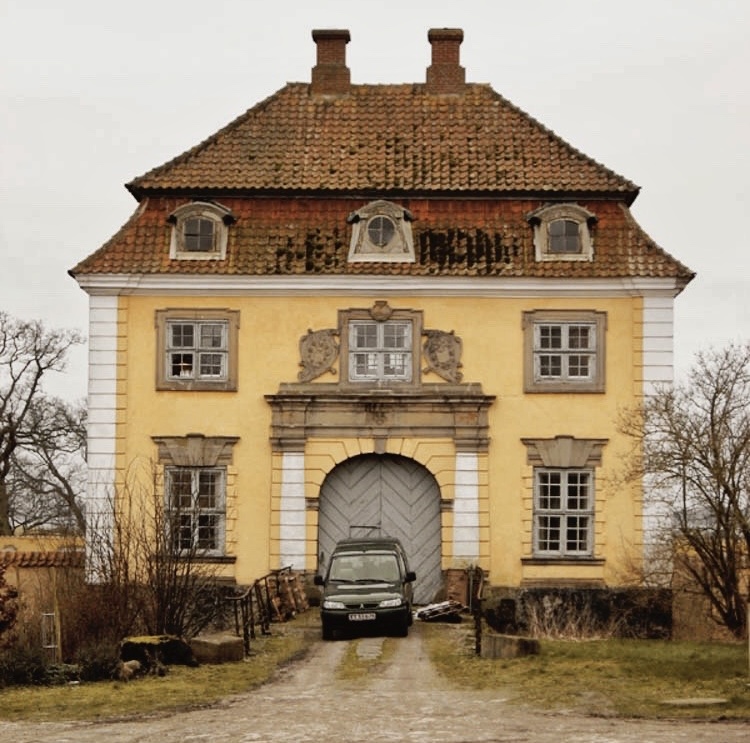
My history with Selsø is through my mum’s memory and family stories and my own visits before it was turned into a museum. The photos below of the inside are from 2007 when my mother and I went to visit and we met the owners who were restoring it. My mother told them her history and they let us into the castle to see it, just as she remembered it from 50 years before. It was a very special, sweet day to see it in that state. And although I’ve been back to Selsø many times since (my family’s plot is at the church – see below), I haven’t been back inside since I’m generally only in Denmark in February and it’s only open during the summer.
Every castle has a ghost story and this one isn’t any different. My mum tells the story of Elisabeth von Thienen, wife to Baron Mogens Scheel von Plessenalson. In 1749, jealous of all of his affairs that he had when he was at their other home in Copenhagen, she stabbed him in his sleep in the room pictured below, threw his body out the window, into the moat, and then killed herself by jumping out the same window. The window was boarded up (and still is) and her ghost started being seen in this room and the hallways. She became known as The White Lady My mother remembers as a child seeing dark stains in the floor of this room and on a few occasions, the woman.
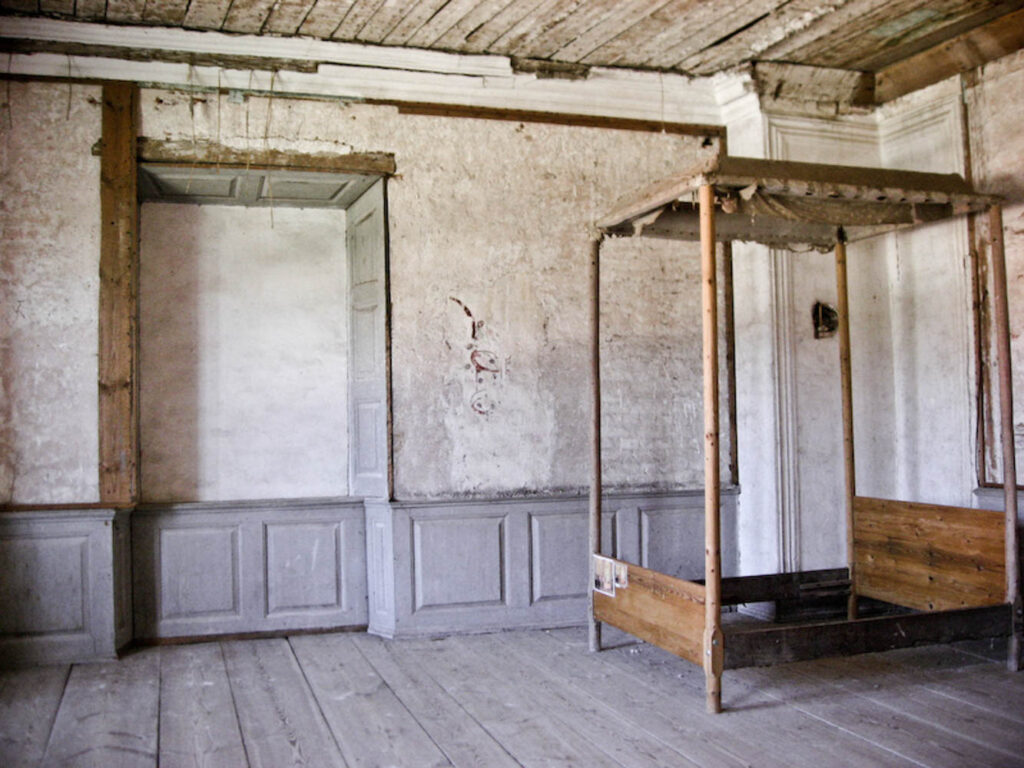
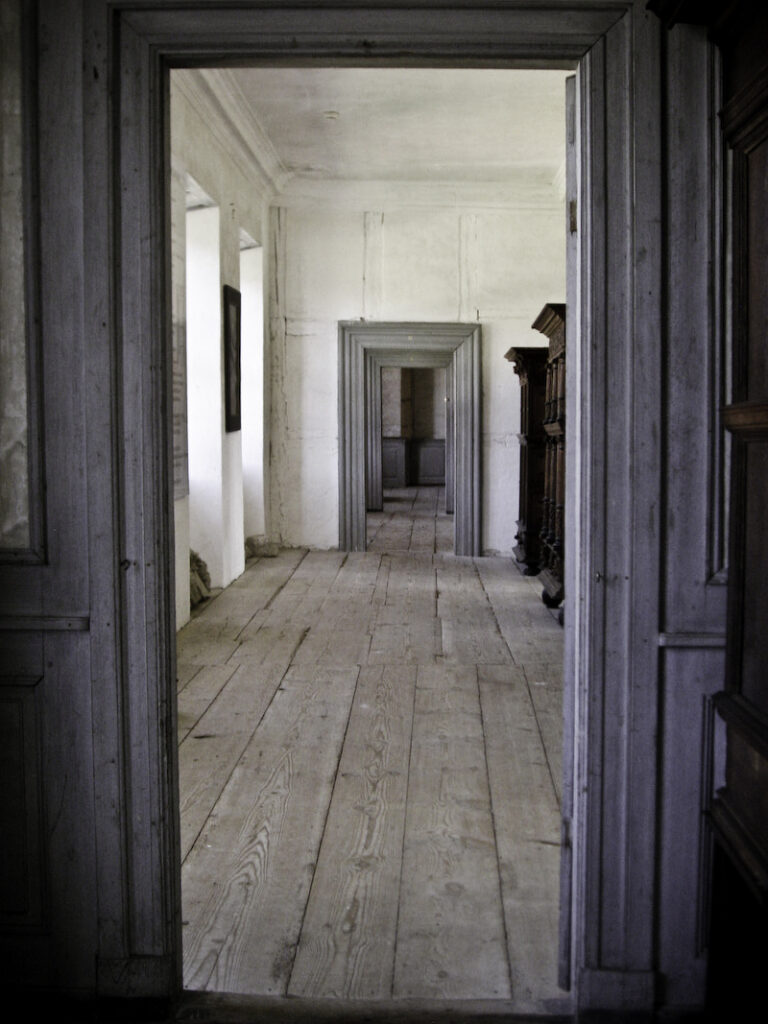
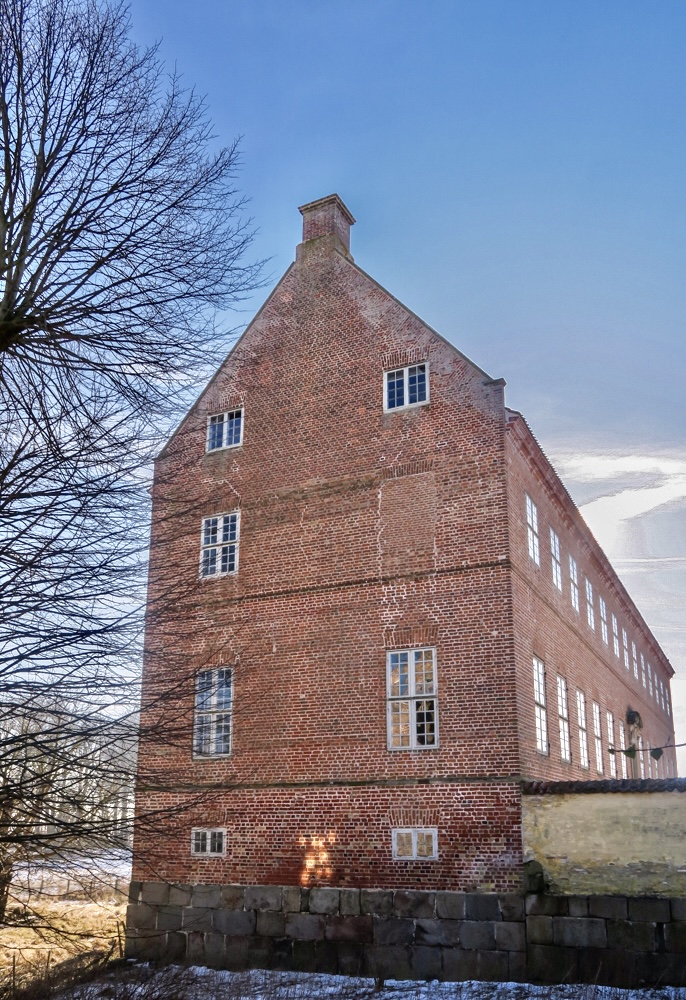
The 18th-century french wallpaper can still be seen and is pretty remarkable that it has survived all the uninhabited, damp years.
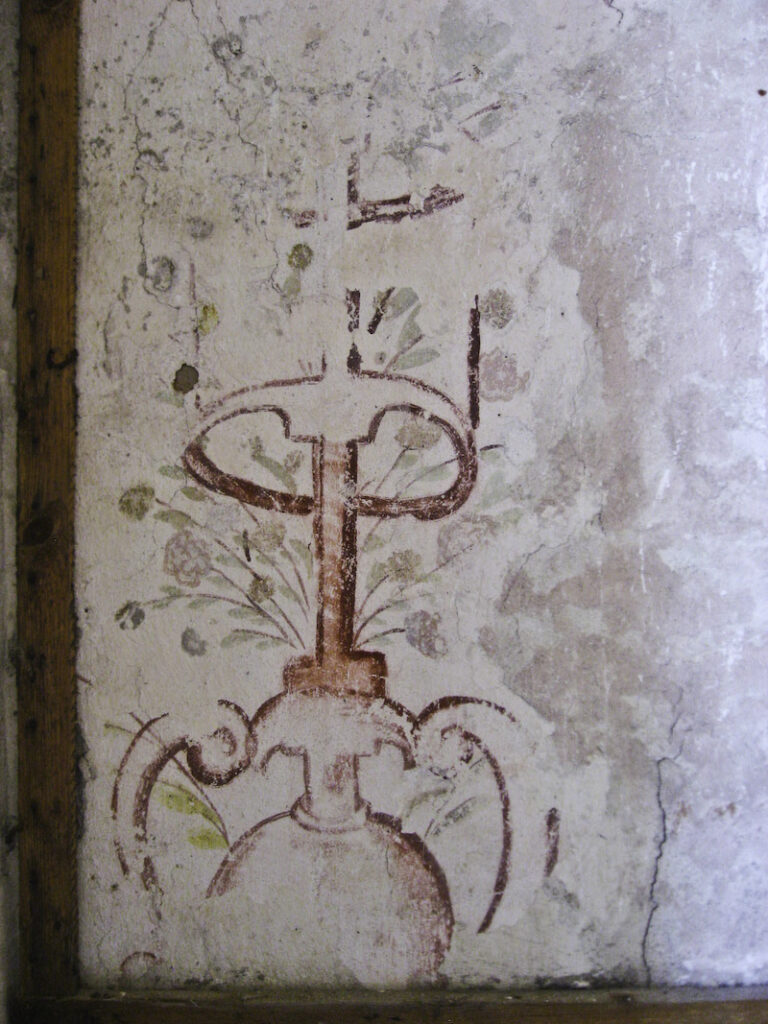
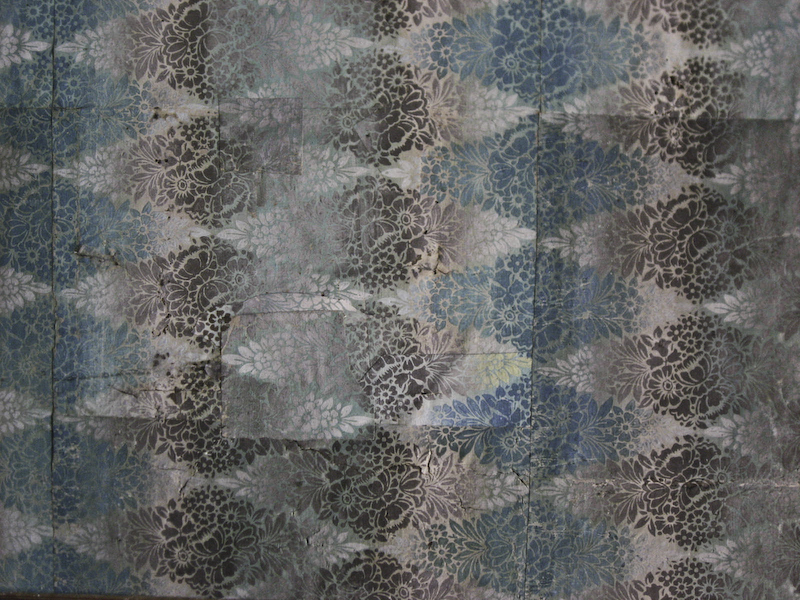
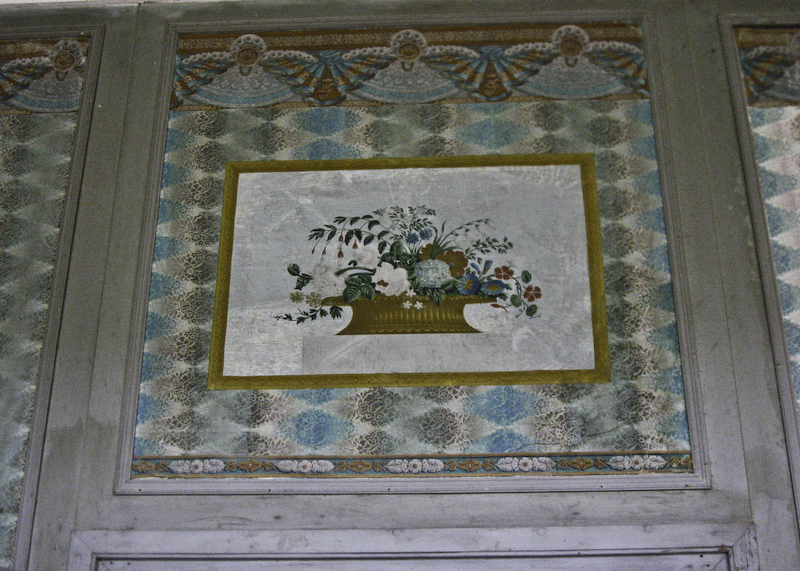
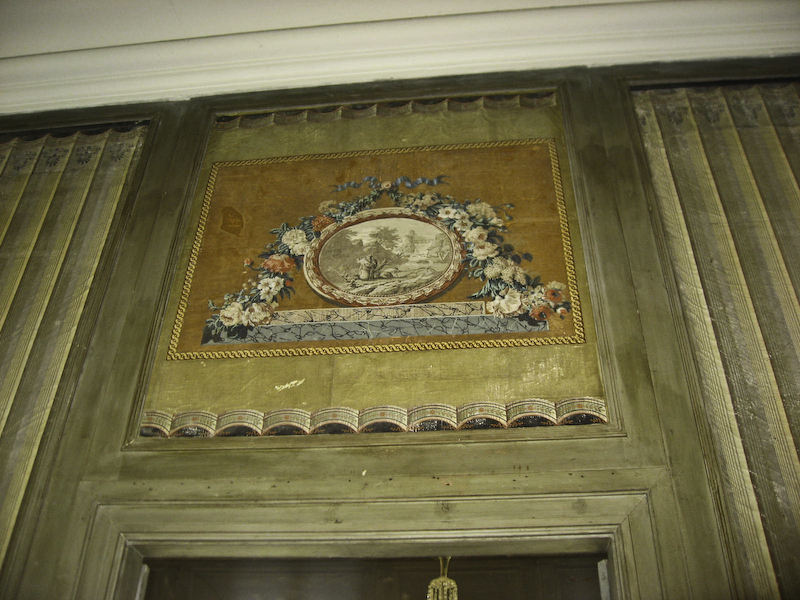
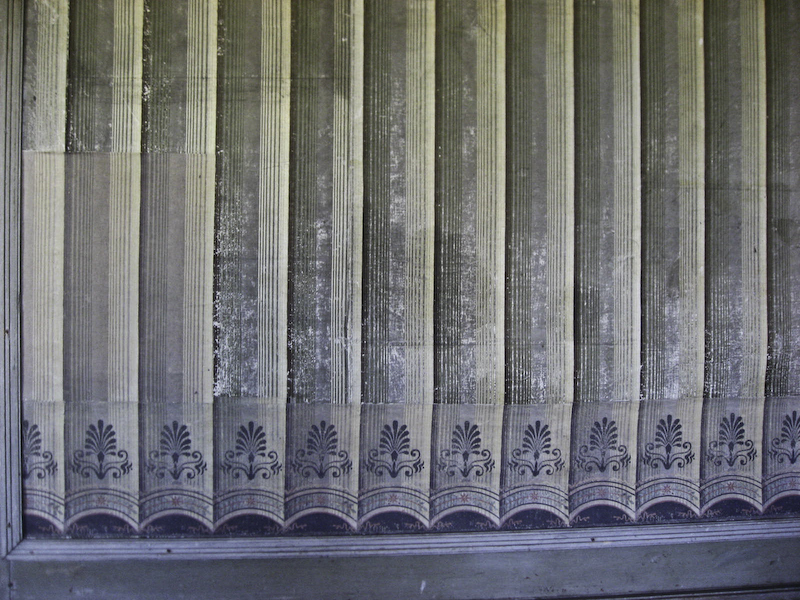
One of the things I love most is all the windows and their purpose. Selsø was built at a specific angle with all the windows to allow for amazing cross-breezes to keep the home cool. It was why, after hundreds of years, when we walked in there was no musty or old smell. The windows kept everything fresh inside by their perfect shape and placement.
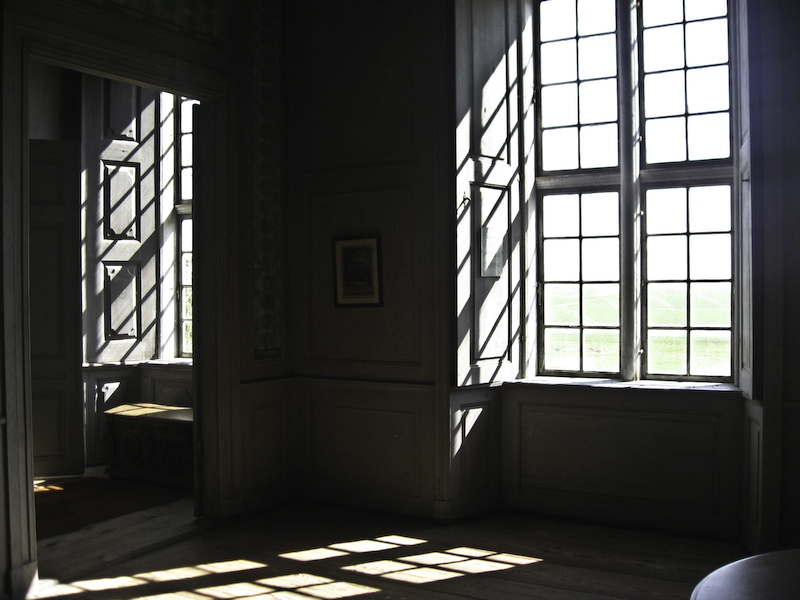
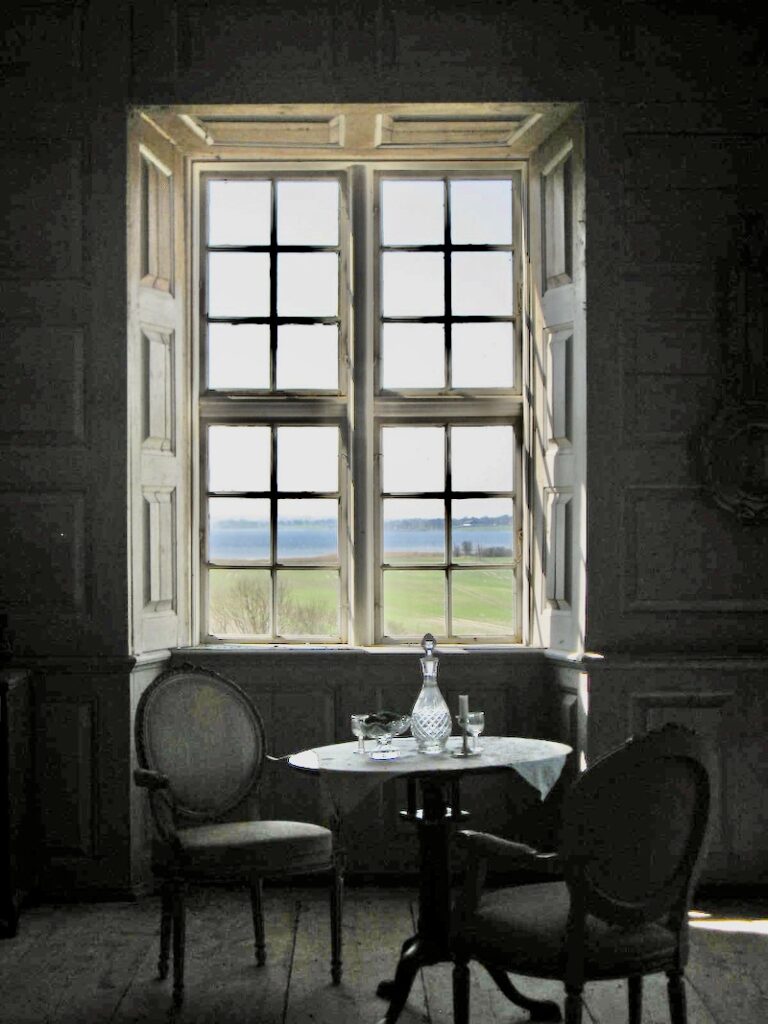
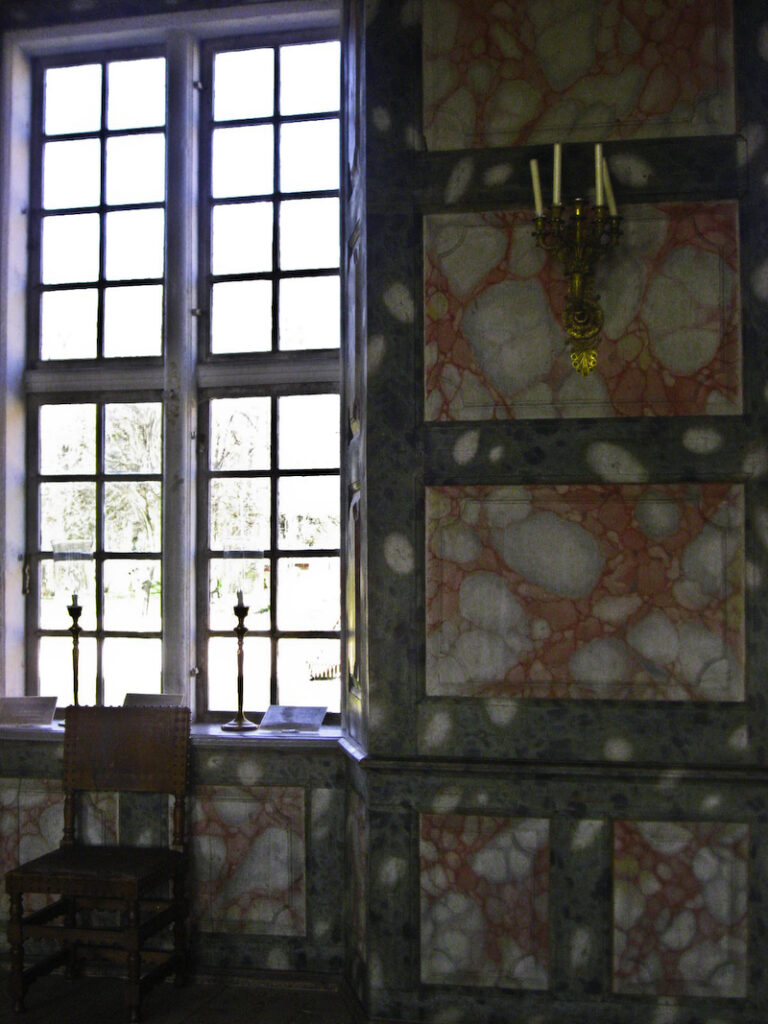
Before it was opened as a museum and the last time I was inside (2007 I think), the kitchen was in its original state and hadn’t been inhabited or used since 1829. There was no electricity, heat or running water in the castle and the tools you see in the photos above were all original to Selsø . The windows in the kitchen had the same thought-process as those above stairs to keep things cool and allow for breezes. It’s the oldest functioning kitchen in Denmark. I think since then they’ve opened this up as a museum it’s now used to sell coffee and baked goods though. I’d love to go back and see how it’s evolved.
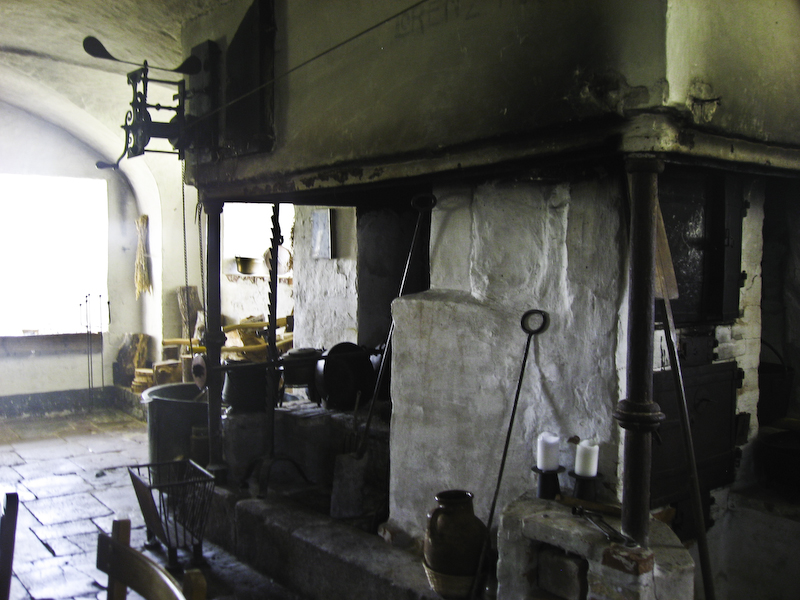
Selsø Kirke (Church)
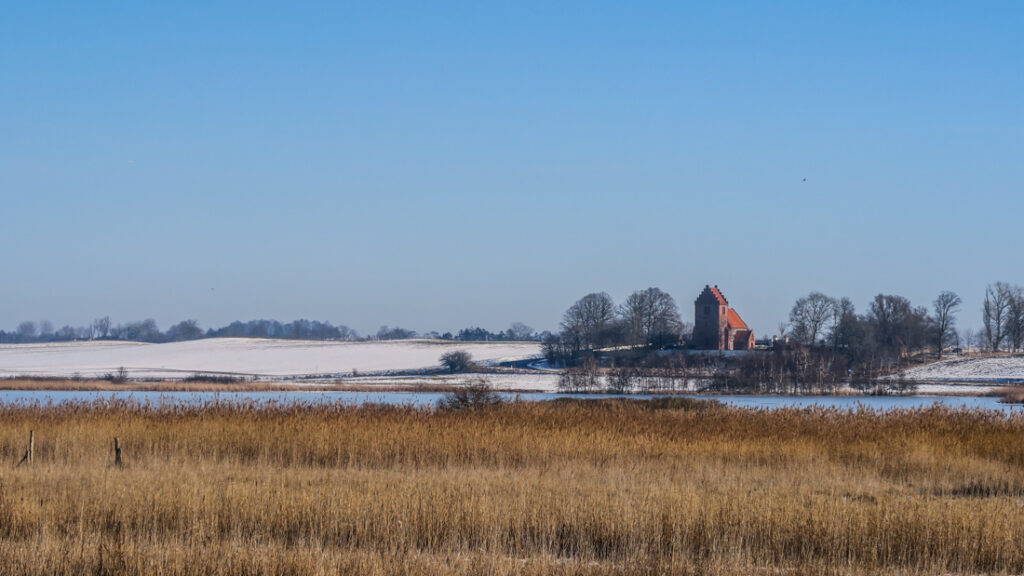
In 2017, my mum and I were updating our family plot records with the groundskeeper when he told us a fascinating story about the Church’s age. It wasn’t until 2015 that the original date of the Church was known. When gas problems occurred they had to take up the church floor, discovering there was an original and round church floor from the 1100’s. This made it one of the oldest Churches in Denmark although no one seems to know why this location would make it so.
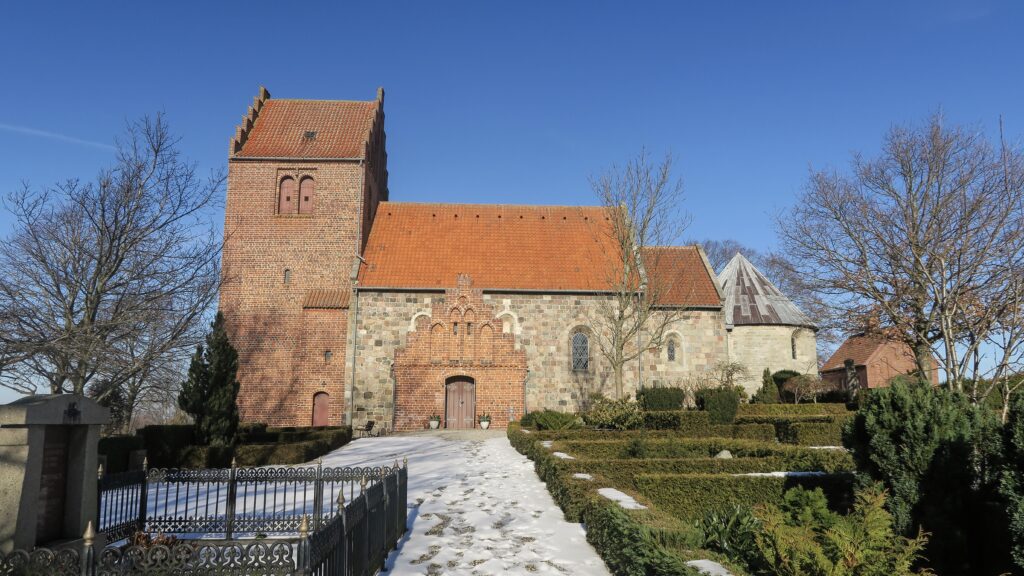
It’s a tiny, charming little church with beautiful views of Selsø Lake and a place I love visiting. It’s so beautiful and peaceful, with birds always singing and the wind always blowing. My family’s plot (on my mother’s side) is here so when I visit, I always say a hello to them. The Church parking lot is now the parking for Selsø Slot and the trail to the castle begins here.
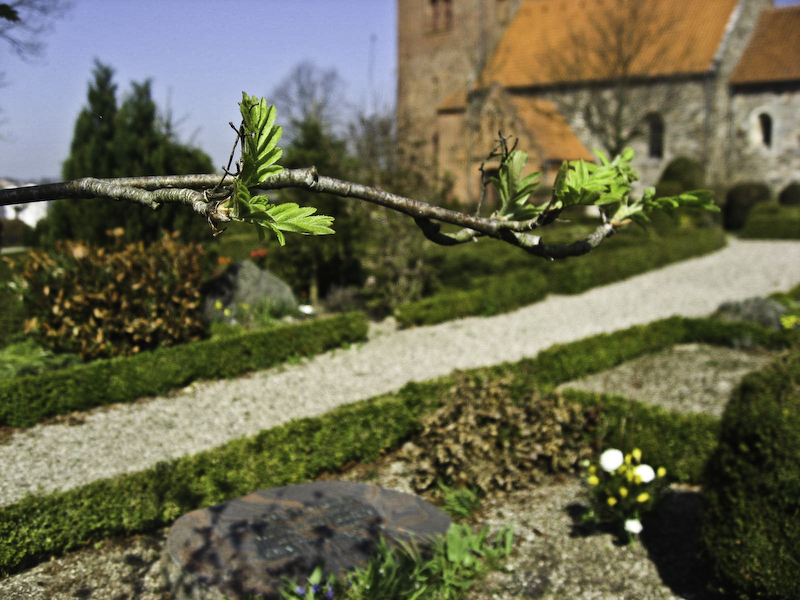
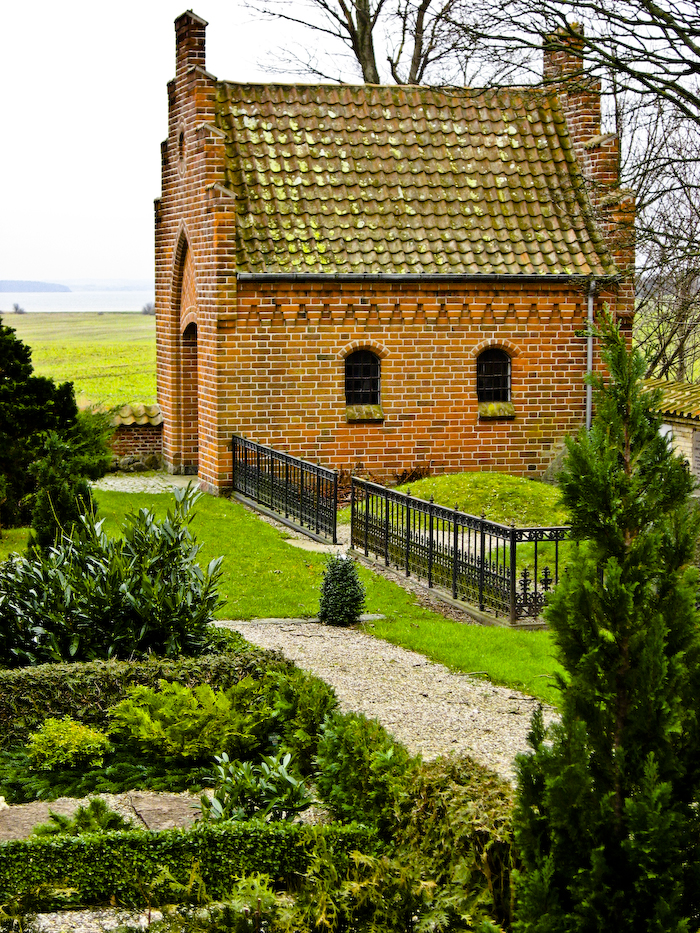
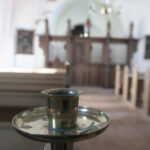
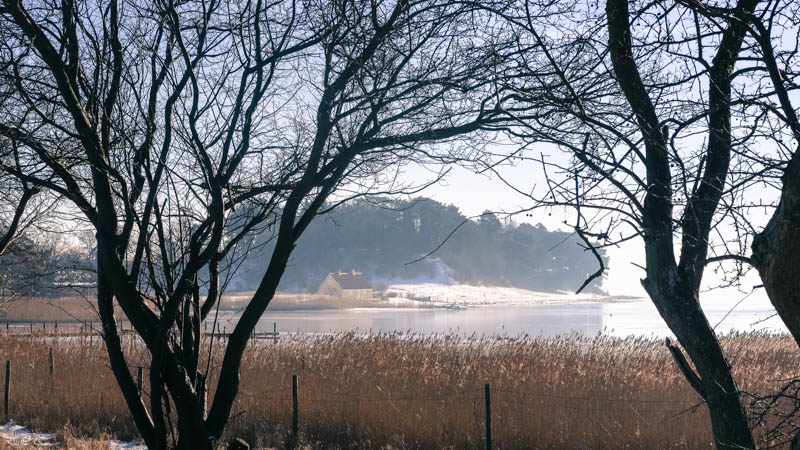
Getting There
To visit you’ll definitely need a car as there is no train or bus service out there. But it’s such a pretty drive you won’t mind. Google: Selsøvej 284050 Skibby
